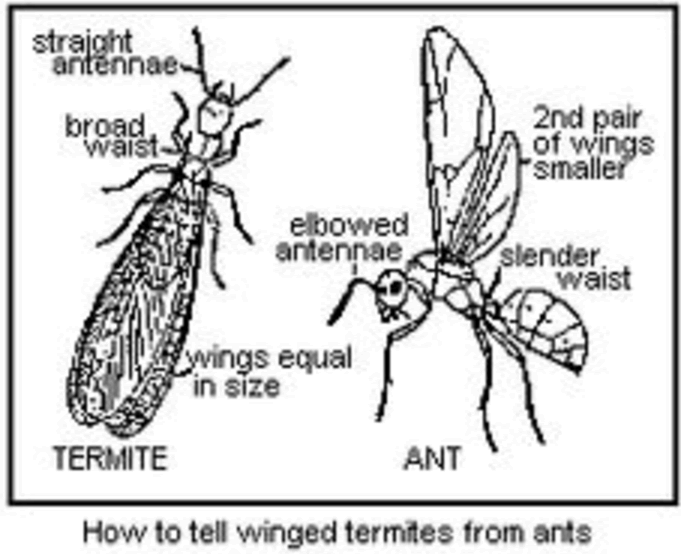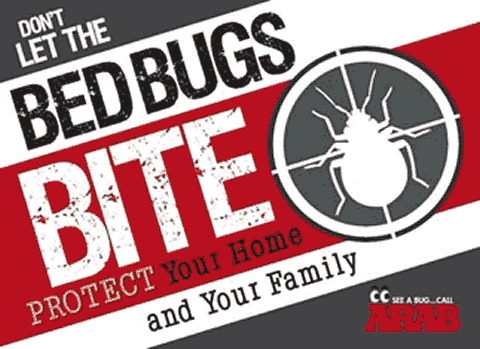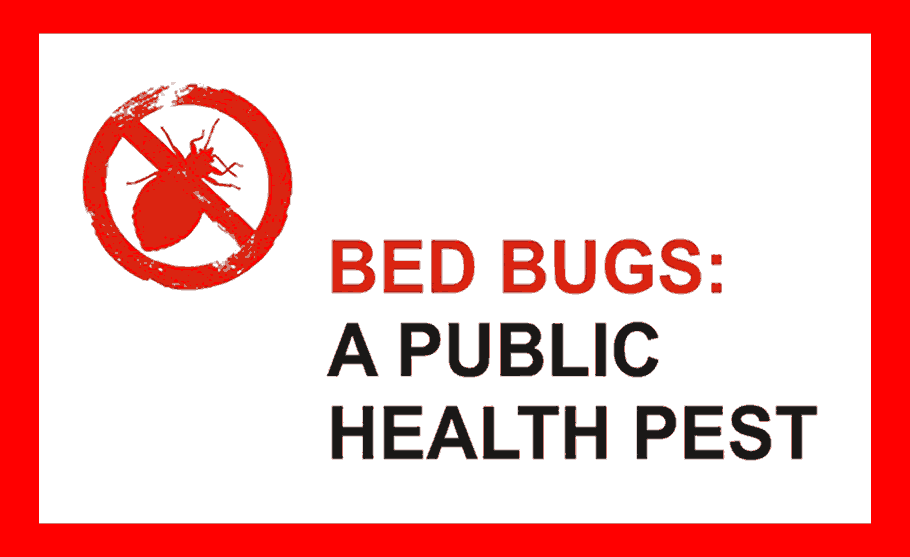Termite Control
Information Provided By Ohio State University
Subterranean termites are the most common and economically important wood-destroying organisms in the United States. Termites feed on materials that contain cellulose, primarily dead wood and wood by-products. Subterranean termites are closely associated with the soil habitat where they excavate a network of tunnels through the soil to reach water and food. These termites need moisture to survive.
Biology
 |
|
| Common Name | Scientific Name |
| eastern subterranean termite | Reticulitermes flavipes (Kollar) |
Subterranean termites are social insects that live in colonies that may contain hundreds of thousands of individuals. Termite colony members are dispersed throughout the soil and can extend underground tunnels tens to hundreds of feet to reach feeding sites.
Each termite colony contains three forms or castes, which are the workers, soldiers, and reproductives. These castes are physically distinct and perform different tasks in the termite society.
Workers are about 1/8 inch long and are blind, wingless, soft-bodied, creamy white to grayish-white with a round head. Workers are the most numerous individuals in a termite colony, and they are the termite caste that actually eats the wood. These sterile individuals forage for food and water, construct and repair shelter tubes, feed and groom other termites, care for eggs and young, and participate in colony defense.
Soldiers are also wingless and resemble workers except that they have a large, rectangular, yellowish-brown head with large mandibles (jaws). The soldiers’ primary function is colony defense.
Male and female reproductives can be winged (primary) or wingless (neotenic). Each can produce new offspring. Winged primary reproductives are called alates or swarmers. However, they shed their wings soon after flight. Their body color varies by species from black to yellow-brown. The eastern subterranean termite, Reticulitermes flavipes, is the most common termite in Ohio and its alates are black and about 0.4 inch long, with pale or grayish, translucent wings. A pair of primary reproductives that heads a colony is called the king and queen. Neotenic reproductives often serve as replacements if something happens to the king and queen. Neotenic reproductives are generally yellow or mottled black and the female’s abdomen may be distended due to developing eggs.
Detection of Termites
It is important for homeowners to recognize the signs of a subterranean termite infestation. Subterranean termites may be detected by the sudden emergence of winged termites (alates or swarmers), or by the presence of mud tubes and wood damage.
Winged Termites
Large numbers of winged termites swarming from wood or the soil often are the first obvious sign of a nearby termite colony. Swarming occurs in mature colonies that typically contain at least several thousand termites. A "swarm" is a group of adult male and female reproductives that leave their colony in an attempt to pair and initiate new colonies.
Alate emergence is stimulated when temperature and moisture conditions are favorable, usually on warm days following rainfall. In Ohio, swarming typically occurs during daytime in the spring (March, April, and May), but swarms can occur indoors during other months. However, swarming occurs during a brief period (typically less than an hour), and alates quickly shed their wings. Winged termites are attracted to light, and their shed wings in window sills, cobwebs, or on other surfaces often may be the only evidence that a swarm occurred indoors. The presence of winged termites or their shed wings inside a home should be a warning of a termite infestation.
Termite swarmers have straight, bead-like antennae; a thick waist; and two pair of long, equal-length wings that break off easily. Winged termites can be differentiated from winged ants, which have elbowed antennae, a constricted waist, and two pair of unequal-length wings (forewings are larger than hind wings) that are not easily detached. Ants also generally are harder-bodied than termites.
Mud Tubes
Other signs of termite presence include mud tubes and mud protruding from cracks between boards and beams. Subterranean termites transport soil and water above ground to construct earthen runways (shelter tubes) that allow them to tunnel across exposed areas to reach wood. Shelter tubes protect them from the drying effects of air and from natural enemies, such as ants. These tubes usually are about 1/4 to 1 inch wide, and termites use them as passageways between the soil and wood. To determine if an infestation is active, shelter tubes should be broken or scraped away and then monitored to determine whether the termites repair them or construct new ones. Houses should be inspected annually for mud tubes.
Wood Damage
Termite damage to the wood’s surface often is not evident because termites excavate galleries within materials as they feed. Wood attacked by subterranean termites generally has a honeycombed appearance because termites feed along the grain on the softer spring growth wood. Their excavations in wood often are packed with soil, and fecal spotting is evident. When inspecting for termites, it is useful to probe wood with a knife or flat blade screwdriver to detect areas that have been hollowed. Severely damaged wood may have a hollow sound when it is tapped. Subterranean termites do not reduce wood to a powdery mass, and they do not create wood particles or pellets, as do many other wood-boring insects.
Contact Us - We Can Help!
Hours of operation: Monday through Friday 7:30 A.M. to 4:00 P.M. EST
Arab Pest Control, a division of Lewellen Services, Inc.
232 West Main St., Logan, OH 43138
800-654-8870
![]()
![]()


![]()
Serving Central And Southeastern Ohio Since 1980 • Family Owned And Operated• Fully Licensed By The State And Bonded And Insured. • Termite Warranties • Licensed Technicians • Extensive Training and Retraining• Uniformed Technicians• Marked Vehicles• All Pest Services Offered• Able To Tailor Services To Fit Your Needs• Convenient Hours• Polite And Courteous Staff • We Use The Up To Date Chemicals And Treatment Methods To Protect Your Family And Pets • Many Treatment Services Offered• Senior Citizen Discounts





